
This year marks the 80th anniversary of the founding of UNESCO (United Nations Educational, Scientific and Cultural Organization), an institution that has revolutionized how humanity protects and values its cultural and natural heritage. Born from the ashes of two devastating world wars, UNESCO today stands as one of the most important international bastions to safeguard humanity’s collective memory. In parallel, the commitment of archives such as Scala, with their systematical documenting and classifying of world heritage, represents a complementary contribution to UNESCO’s mission.
UNESCO was founded on November 16, 1945, in London, when representatives from 44 countries signed its constitution. The organization was born with an ambitious and visionary mission: to build peace through education, science, and culture. As stated in the preamble to its constitution, “wars begin in the minds of men, and it is in the minds of men that the defense of peace must be built.”
The organization’s early decades were primarily dedicated to literacy, promoting science, and international cultural cooperation. However, the real turning point came in the 1960s and 70s, when it became evident that there was a need to protect the world cultural and natural heritage as it was threatened by the social, economic, and environmental changes of the post-war period.
The symbolic moment of this evolution was the international campaign to save the Abu Simbel temples in Egypt, as they were threatened by the construction of the Aswan Dam. The success of this operation, completed in 1968, demonstrated the possibility of effective international cooperation for cultural heritage protection.
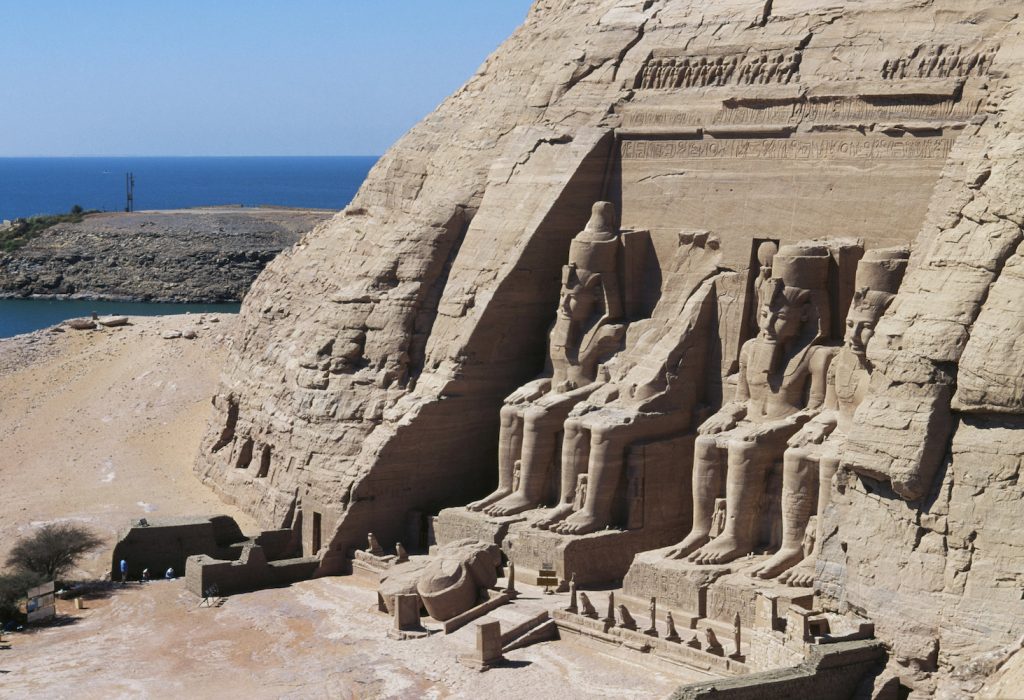
On November 16, 1972, exactly 27 years after UNESCO’s founding, the Convention for the Protection of the World Cultural and Natural Heritage was adopted. This revolutionary document introduced for the first time the concept of “world heritage,” which established that there are places on Earth of such exceptional value that they belong to all humanity, transcending national borders.
The Convention, in fact, set precise criteria for identifying sites of “outstanding universal value” and created an international system for collective protection. In 1978, the first 12 sites were indicated in the World Heritage List, within them were the Galápagos Islands, Yellowstone National Park, the Palace and Park of Versailles, and the City of Quito.
Today, UNESCO manages a global network comprising of over 1,200 World Heritage sites in more than 160 countries. Italy holds the world record with 59 recognized sites, followed by China (57) and Germany (52).
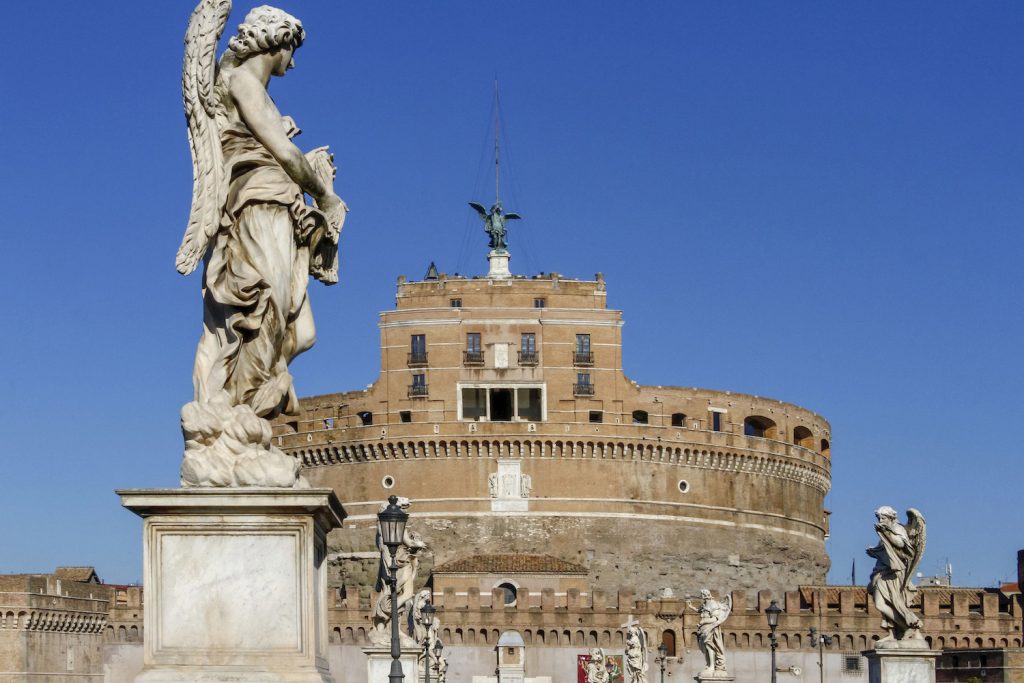
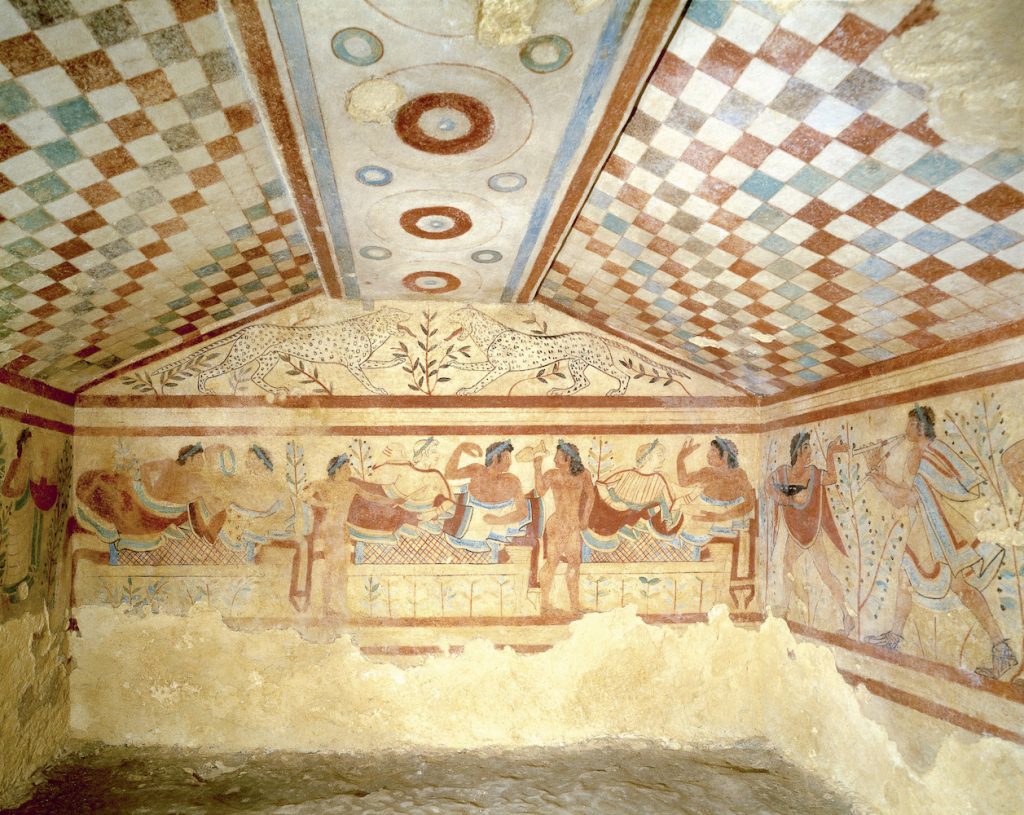
UNESCO’s role has expanded considerably in the 21st century, having to add and face new challenges such as climate change, uncontrolled urbanization, mass tourism and, tragically, the intentional destruction of cultural heritage in conflict situations. The organization has developed emergency programs, advanced monitoring systems, and international cooperation tools to respond to these threats.
Particular attention is devoted to the List of World Heritage in Danger, which identifies sites requiring urgent action for their conservation and preservartion. This list aims to raise awareness in the international community and mobilize resources to protect the most threatened assets.
Unfortunately, in recent history we have allwitnessed the tragic loss of some of the treasures of humanity, as they have fallen victims of conflicts, religious fanaticism, and negligence. These events and loss represent deep wounds in the world’s collective memory.
The Bamiyan Buddhas in Afghanistan, were two colossal statues carved into rock between the 3rd and 5th centuries, and were deliberately destroyed by the Taliban in March 2001. These works, 53 and 35 meters tall respectively, represented an exceptional testimony to the encounter between Hellenistic and Buddhist artistic traditions along the ancient Silk Road. Since 2003, they had been recognized as World Heritage by UNESCO and had been added to the list of heritage in danger.
Palmyra, the ancient “Bride of the Desert” in Syria, suffered severe devastation during ISIS’s occupation between 2015 and 2017. The archaeological site was severely damage during the Syrian civil war,whenwith the Triumphal Arch, the Temple of Bel, and other millennial structures were destroyed. On August 21, 2015, Islamic State militants destroyed also the Monastery of Mar Elian dating back to the fifth century AD, a crucial testimony to Christianity in Syria.
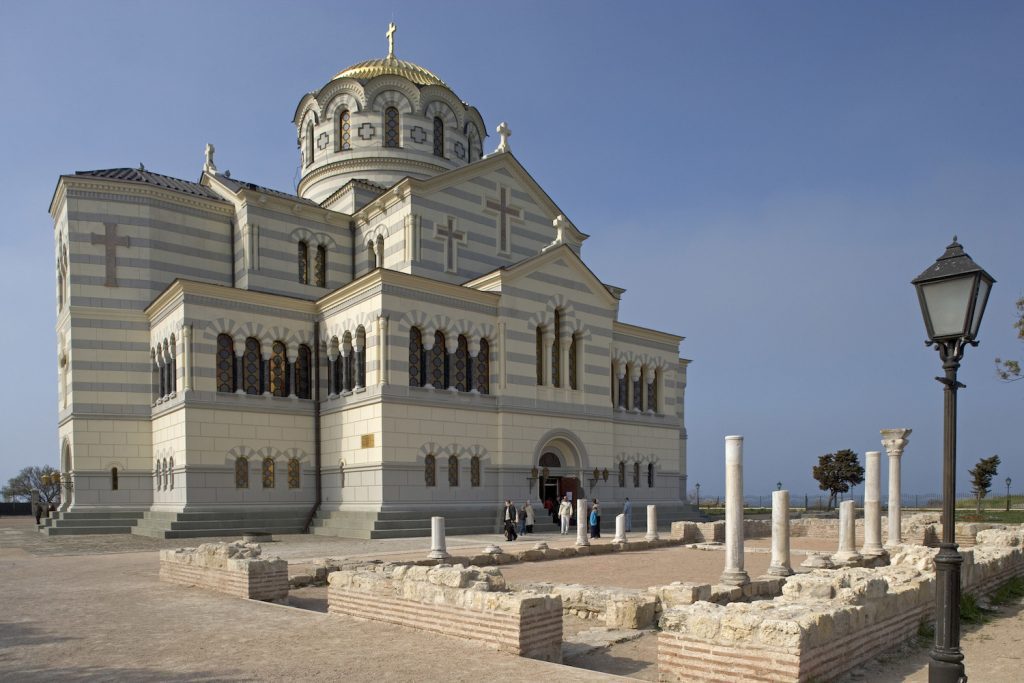
Other sites have suffered significant damage: the historic center of Aleppo, also a UNESCO heritage site, was severely compromised by the Syrian conflict; the National Museum of Iraq in Baghdad lost thousands of artifacts during the 2003 looting; and, more recently, UNESCO has declared that from February 2022 during the conflict in Ukraine, 343 assets have been damaged or destroyed as follows: 127 religious buildings, 151 buildings of historical and/or artistic interest, 31 museums, 19 monuments, 14 libraries, and one archive.
In this context of valuing and protecting world heritage, photographic archives that have documented the sites, monuments, and cultural artefacts which have now been destroyed and lost forever, assume an invaluable importance. Scala as a photographic archive with over 70 years of activity, represents one of the world’s most important collections of visual documentation of such international artistic and cultural heritage.
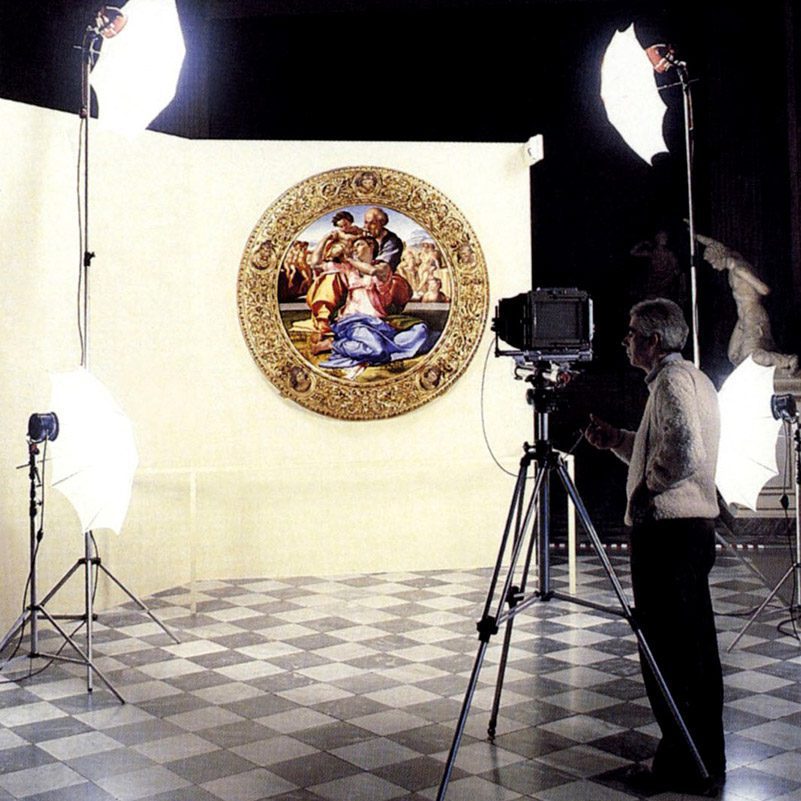
Thanks to more than 70 years of tireless work by its photographers as well as the collaboration with partners and other historical archives, -most prominent among them the photographic campaigns owned by New Picture Library, Scala has collected thousands of images that often constitute the only visual testimony left of destroyed or irreparably compromised places.
Therefore each photograph becomes a precious historical document, a fragment of eternity snatched away and preserved from time and destruction. These archives not only allow future generations to know what has been lost but also offer fundamental material for possible reconstruction and restoration projects. In an era when digital documentation risks being ephemeral, the value of professional photographic archives – with their care in cataloging, conservation, and accessibility – becomes even more strategic for UNESCO’s mission itself.
The commitment of archives such as Scala in systematically documenting world heritage represents a parallel and complementary contribution to UNESCO’s action: while the organization works to physically protect sites, photographic archives preserve their visual memory, creating a bridge between the past or lost past and future generations.
If you want to explore this topic further or are looking for a specific site or artefact, contact our team of expert researchers and find the right content for your project.
****
In the cover: Interior of the Great Temple of Ramesses II, Abu Simbel (UNESCO World Heritage Site, 1979), Egypt. Egyptian civilization, New Kingdom, XIX dynasty. – DE46012